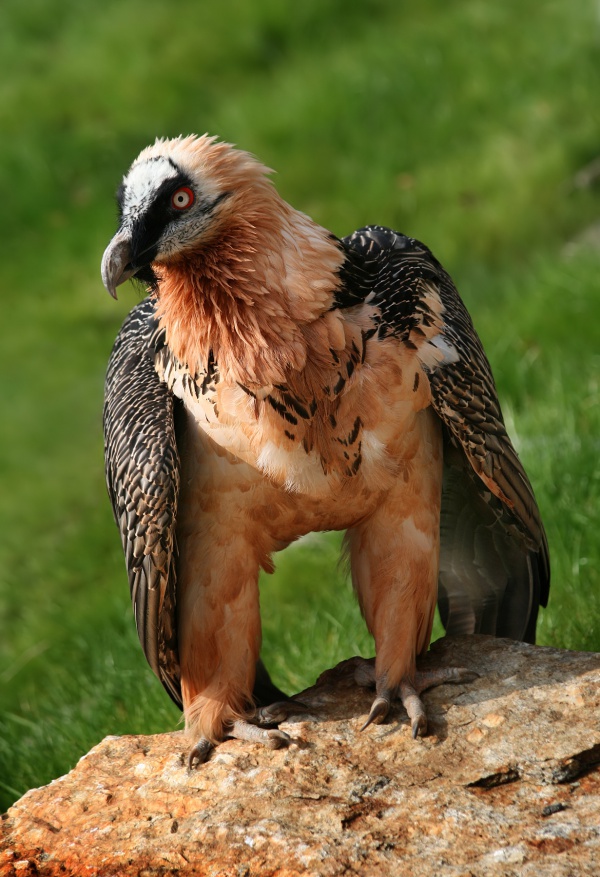Facts About Bearded vulture
The bearded vulture, also known as the lammergeier or ossifrage, is a remarkable and distinctive bird of prey. It is the sole species within the genus Gypaetus and is often classified as an Old World vulture. Unlike other raptors, the bearded vulture's diet consists almost entirely of bones. These birds inhabit high mountain crags across various regions, including Europe, Africa, the Indian subcontinent, and Tibet. Regrettably, their population is declining, leading to their classification as near threatened by the IUCN Red List.
You can find bearded vultures in mountainous areas extending from Europe to Africa and Asia. They favor cliffs, crags, canyons, and high mountains, often dwelling at elevations above 2,000 meters. One of the most intriguing aspects of the bearded vulture is its feeding behavior. It feeds on bone marrow and has developed the extraordinary technique of dropping bones from great heights to crack them open and access the nutritious marrow inside. Physically, this bird is easily identifiable by its long, wedge-shaped tail and the black, beard-like mark on its chin.
In terms of breeding, bearded vultures nest solitarily in caves or on rock ledges. Both parents participate in the care of the young, and breeding pairs form strong bonds. Notably, there have been successful efforts to reintroduce the bearded vulture in the Alps after its numbers dwindled due to human activities and persecution.
The bearded vulture faces multiple threats, including habitat loss, collisions with energy infrastructure, reduced food availability, poisoning, and illegal hunting. To mitigate these threats, conservation actions have been implemented, such as biodiversity management plans and outreach programs to raise awareness.
The name "bearded vulture" underscores some of the bird's distinctive characteristics and behaviors. Carl Linnaeus first described the species in 1758, naming it Gypaetus barbatus. The term "lammergeier" derived from German, means "lamb-vulture" reflecting the old belief that these birds preyed on lambs.

 Turkey
Turkey